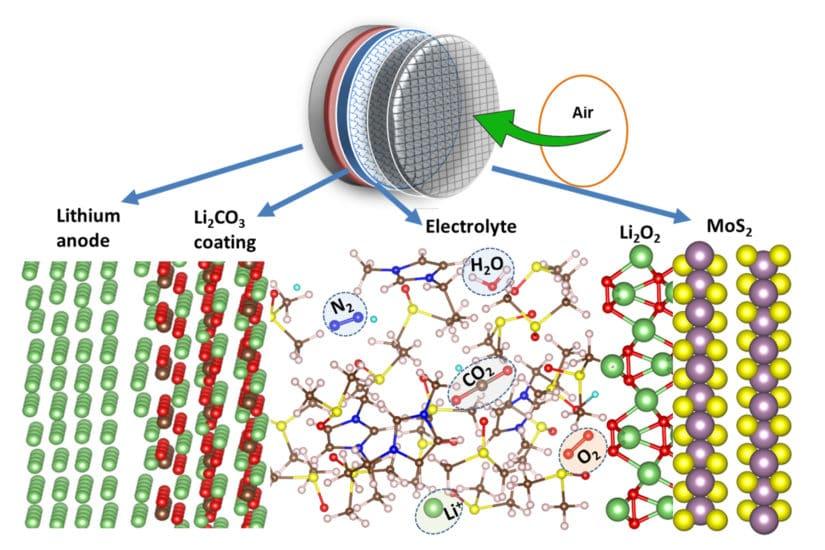A Battery! A Battery! Our Kingdoms for a Battery.

Monty Python famously sought the Holy Grail (a vessel from Arthurian legend thought to provide eternal youth or happiness).
Shakespeare’s Richard III would have traded his crown and kingdom if someone would just give him a horse to win the battle at Bosworth Field.
And today’s VTOL manufacturers, well, who’s to say what they would give if someone would develop a battery with enough thrust and range to economically keep their flying cars aloft for air taxis, personal use, or even military and commercial purposes?
It Began With a Camcorder
The notion of a rechargeable battery began with Exxon in the 1970s. The scientific work in the 1980s led Sony to introduce the first commercial, chargeable lithium-ion battery in 1991 for their camcorder. The science was based on a graphite anode, a cobalt oxide cathode, and lithium moving back and forth between those two electrodes.
Although lithium-ion batteries have gotten three times lighter than their 1991 counterparts, according to David Snydacker, CEO at Dosima Research, the energy density packed into a lithium-ion battery still needs to improve to be viable for flying car applications.
Going the Distance
Snydacker, who’s been studying and researching battery technology and received his Ph.D. at Northwestern in 2016, says the key to improving the range flying cars can cover on a single charge is likely to come within the next 10 years from one of two possibilities: replacing today’s graphite anode with a mixture of silicon and graphite, which would improve energy density by approximately 20 percent, or replacing the graphite entirely with a very thin layer of lithium metal foil which could increase energy density somewhere between 50 percent and 100 percent of today’s limitations.
“That would enable aerial vehicles to extend their flying time from 30 minutes to 60 minutes while still maintaining a reserve capacity for landings.”
Currently, Syndacker says, “Panasonic’s cells offer around 230 to 240 watt hours per kilogram. By replacing the graphite anode with a thin layer of lithium metal, you could increase that to 350 to 500 watt hours per kilogram. That would be a major benefit to aerial vehicles.”
While lithium-ion batteries are not limited by power output, they are held back by how quickly they can recharge.
“Rapid charging will be a consideration,” Snydacker explains. Silicon anode technology can make an approximately 20 percent improvement in energy density while allowing you to charge the batteries in about 10 minutes. That would be suitable for short-haul, taxi-type flights where passengers offload and load in about 5 to 10 minutes. For longer haul operations, charging time will be less important than energy density, and lithium metal anodes may be more favorable than silicon.
Although there’s talk of magnesium-ion batteries or aluminum-ion batteries, even the best lab scale batteries are an order of magnitude behind today’s lithium-ion batteries.
For the next five years or so, expect improvements to conventional lithium-ion technologies, says Syndacker. Five to 10 years from now will likely see evolutionary improvements in lithium-ion technology with silicon anodes. Ten years down the road, lithium metal anodes should be the order of the day for flying car operations intent on being environmentally friendly and sustainable.
Will there be a battery breakthrough capable of powering flying cars to cover the distances companies like Uber with their Uber Elevate air taxi initiative need sooner than a decade from now? National and commercial laboratories and startups around the globe are investing hundreds of millions of dollars racing to toward that finish line. Time will tell.


